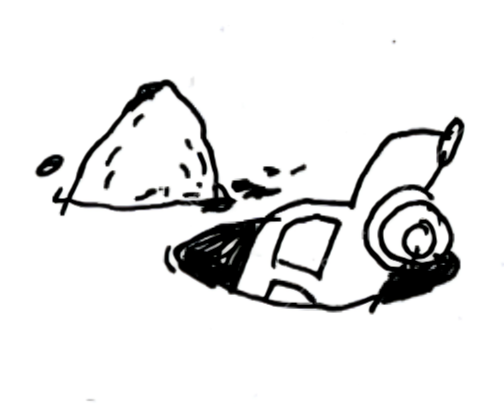Flatlining long-term economic growth. Mounting deficits. Runaway borrowing and bloated bureaucracy. Excessive military spending. A population that is demoralized. The United States today invites comparisons, however imperfect or overstated, to the Soviet Union in its waning years. Vodka might not be as popular, but America has fentanyl and screen addiction to numb the pain of decline.
When the Soviet Union’s growth rate collapsed from above 4 percent in the 1960s to below 1 percent in the late 1970s, the regime resorted to printing rubles and raising wages to paper over the deficits. Inflation soared, savings evaporated, and by 1991 the system imploded with oligarchs plundering the state. Of course, money printing was only a symptom of a deeper sickness: a political and economic system that had lost the ability to renew itself.
“Monetary policy stepped in where systems struggled to generate genuine growth.”
The United States finds itself in a similar predicament, with an endless series of Washington spending sprees and Federal Reserve liquidity injections. But just as failed monetary policy didn’t cause the Soviet Union to collapse, neither do America’s economic problems come down to someone at the Fed leaning too hard on the print button, as a growing chorus of commentators allege. Rather, for both superpowers, monetary policy stepped in where systems struggled to generate genuine growth.
